When attending local car meets it is amazing to see how often the subject turns to how to get better performance from a chosen vehicle. While the topic often branches out to adding or increasing a turbocharger, swapping out the ECU programming , adding a high performance exhaust and then comes the lower suspensions and wider wheels and tires. Every one of these enhancements has merit and all cost a goodly sized chunk of change as well. The average guy on the street will do few of these, settle in on the reality of the investment and stop.
But it really doesn’t have to be so bad. Chances are you bought what you drive because it met you needs but now you found it lacking after time.
If your car has over 30,000 miles on it then your first step in quest to gaining performance in your car might be to look at the basics. Over time components wear down, wear out, or need to be adjusted to get your car back to new and perhaps back to where you remember it used to be.
I’ll be the first to say that true enthusiast of the 60’s and 70's are far different from those today. Back then the systems were simpler and the owner was far more involved in the day to day condition of his vehicle. If there was a vacuum leak causing a rough idle he typically knew what it was and how to fix it. The typical owner today would rely on a local shop or trusted friend to help him work through the issue provided either had the correct tools to begin with.
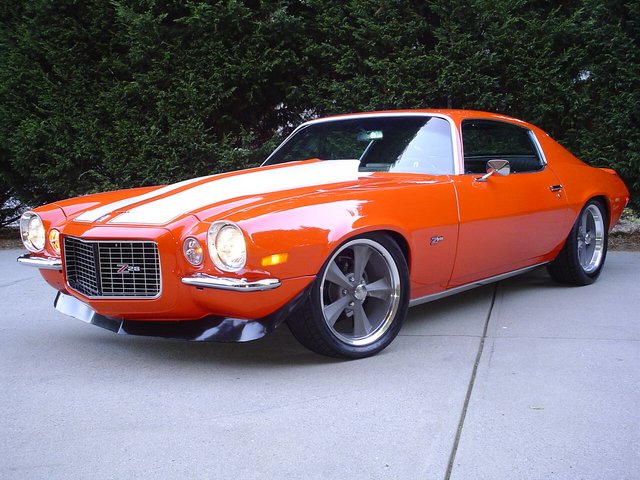
So what is the today’s enthusiast going to do to bring back the performance he used to have or least maximize what there is? Most of it is pretty simple and can be done by you with limited knowledge and some common sense. DIY is back in and I will help you run through the basics to consider.
Regular Oil Changes:
Who did your last oil change? If it was the local quickie oil change place or discount store then you need bend over and prepare for a kick. While these places are convenient and cheap there is a reason. They typically use off brand or low cost oil and filters. A typical oil change on many cars is a straight forward an easy. To give you an idea, my 11 year old has changed the oil and filter with little supervision on both our ML350 and my CC. On these cars it is a simple as running a vacuum hose down the dipstick tube, sucking the oil out and unscrewing the filter on the top of the engine and making sure a new one is sealed again, then add the oil. He rarely gets more than two paper towels dirty in the process. The reason you need to change the oil is to keep the system clean. No your engine isn’t going to seize if you postpone it, but you will start to accumulate residue in the return hoses and possibly start clogging check valves thereby reducing performance. One thing to remember is to ALWAYS use a top notch filter for your car either OEM or something better. If your car says use synthetic oil then by all means use synthetic. There is a reason, high heat and improper oil is a bad mix. BTW Don’t fall for the change your oil every 3,000 miles routine the quickie shops will tell you. Change at the recommended interval use only high grade oil, and you will be fine.
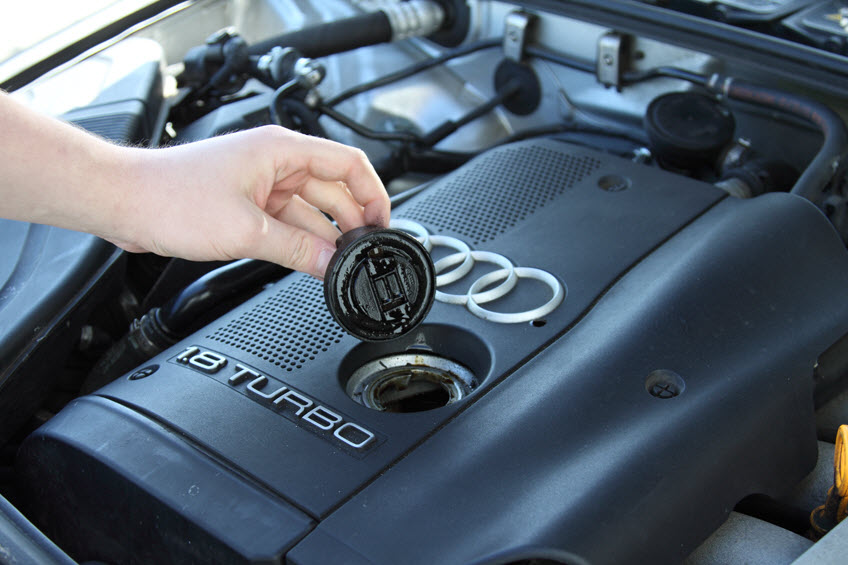
Coils Plugs and Wires:
While changing the oil, it never hurts to poke around the engine a bit. Are the hoses in good shape are the plug wires frayed, cracked or burned and do the coils look sound? If the miles are getting up there, pop a spark plug out and take a look at it. Signs of wear can indicate poor fuel quality (you aren’t filling up at Walmart are you?) and that can lead to diminished performance. Spark plugs are relatively cheap and easy to do on most modern cars. I recently swapped out my OEM plugs on the Lexus for some Bosch Platinum Fine Wire plugs and ponied up for a set of plug wires because the stock ones were looking a bit worse for wear. The finer wire used in the electrode translates to a hotter spark which results in faster ignition. Immediately the car fired off a lot quicker than before indicating less time and effort to get the cylinders running. That tells me the combustion process in churning better than before. A cleaner burn also gives better power and economy making the combustion process that much more effective. The whole key to added performance is get the maximum out of the combustion source and anything you can do to improve the spark in the combustion chamber the better.

Belts and Hoses
How do you get better performance out of belts and hoses? Simple, if a water hose is clogged the engine will run hotter and less efficiently. If an accessory belt is loose then you have a not only have a hazard, but if it powers the alternator then you might not be running at maximum charge or power. Vacuum hoses are a key element here as well; one bad hose can throw of the delicate balance needed for today’s injected engines and rob you of a good amount of power. Check for brittle hoses and signs of wear. Most are cheap and easy to replace. If you here a hiss under the hood when the engine is running track it down and replace the hose.

Other Filters and Sensors
While filters are pretty straight forward they are instrumental in maintain proper fuel or airflow to the engine. When replacing an air filter be sure to look at the sensors inside the intake. The mass airflow sensor is the key factor and it should be clean and free from debris or gunk. While some airflow sensors can be cleaned with specialized spray cleaners you can often do more harm than good in the process. My rule if it looks bad then you might want to consider replacing it. Replace the factory filters as per the recommended intervals, however if you have ever used cheap gas then the fuel filter could be suspect a lot sooner than you think.
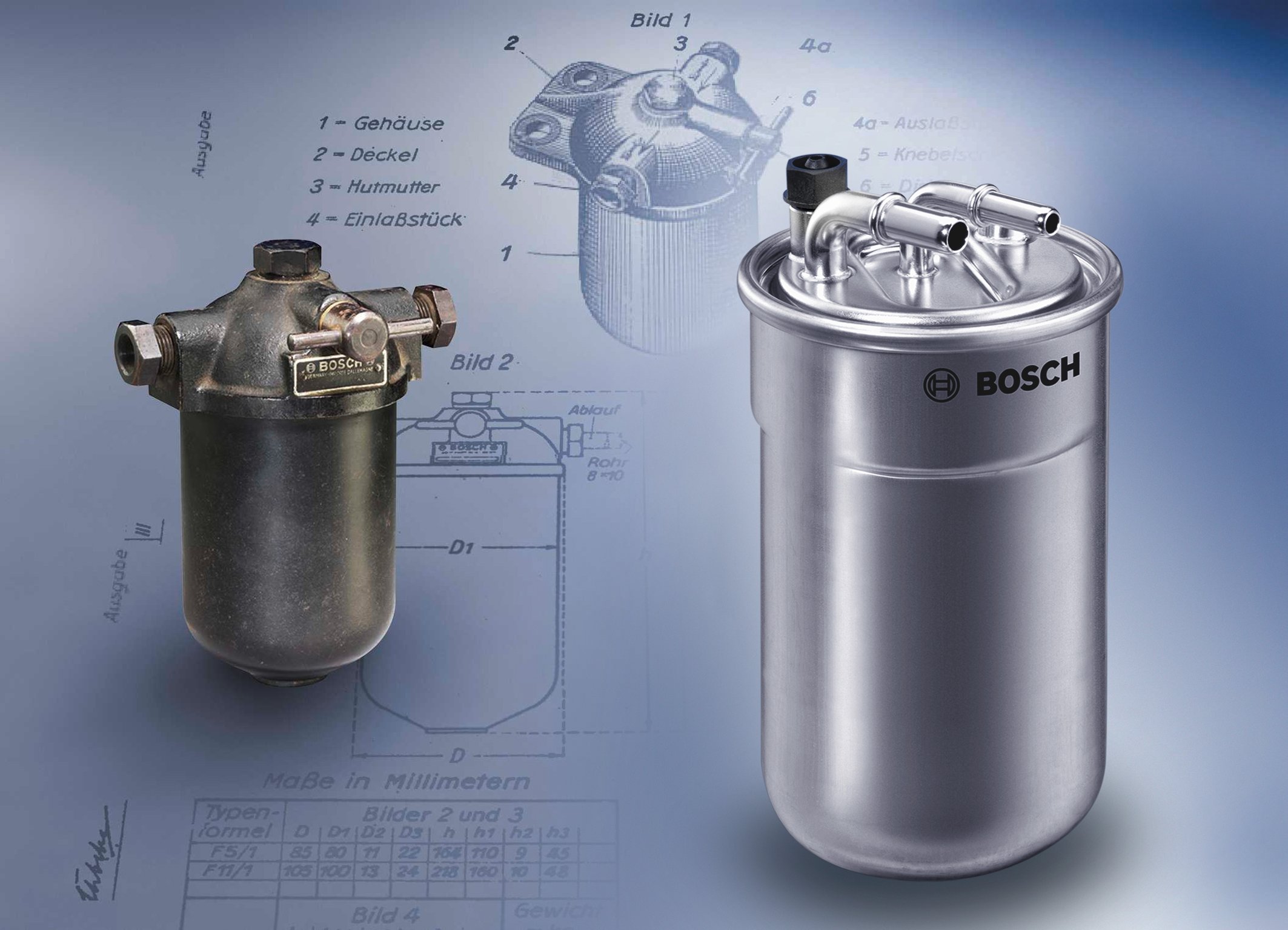
Fluid Levels
Transmission, power steering and brake level are all easy to check and represent more of a safety concern than performance gains, however a low fluid level in a transmission will make it run hot and potentially slip in the process. Make sure you check the owner’s manual for the proper type. Many German cars use specialized fluids so make sure you don’t mix two different kinds or you will have an expensive mess on your hands. The same goes for engine coolant. Make sure the radiator is clean from debris as well. He closer to optimum operating temperature you run the better your performance.

Tire Pressure
Ok now you upgraded those wheels and tires to low profile models and immediately noticed the improved handling. But did you notice with that upgrade that your tire pressure monitors are going off with every cold front? Simply put, you have less air volume and now you watching the tire pressures a lot closer. The remedy to your dilemma? Nitrogen. I had used nitrogen in my autocross cars over the year because the expansion characteristics are far better than simple air in the tire. Nitrogen is devoid of moisture as well, so corrosion of those expensive pressure sensors is a non-issue. But does it really work on the street? In a word, yes. The molecules in nitrogen are larger making pressure seepage through the tire less extreme, and since heat and cold have minimal effect on the expansion of the gas the tire pressure remains uniform in most conditions. The best of both worlds.
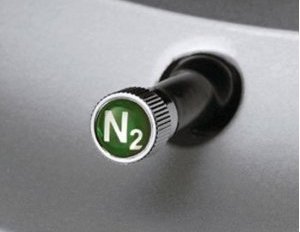
Brakes and Shock
Everyone thinks of going fast, but I start every project with better brakes. Why? Because you have to stop and the faster you go the better you have to stop. So at the very least make sure top notch components are used to. Cheap pads and rotors can stick bind and drag causes excessive heat and wear. Struts and shocks need to need to be looked at every time you do an oil change. One pothole can damage a strut to the point of leaking and if you have a bad strut then you could easily have a handling issue.
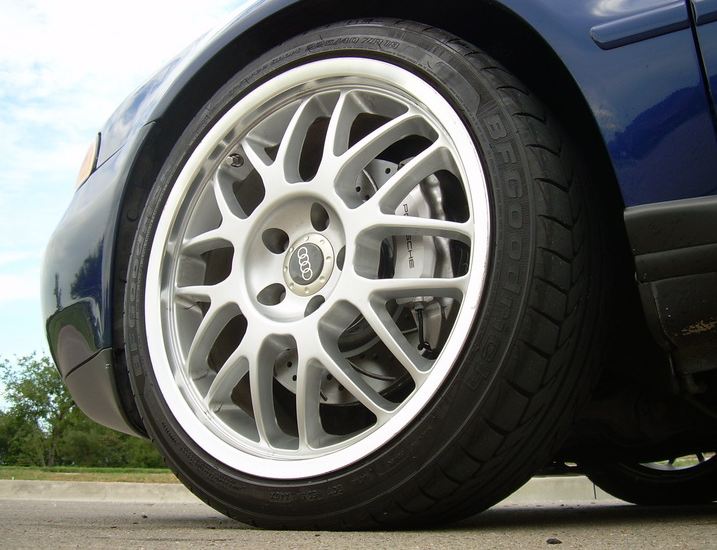
Wrap This Baby Up
While everything above may seem like common sense, the fact remains that little things can add up. Team up a less than optimum running engine with added handicaps from lack of maintenance and you can easily see a difference. My neighbor picked up a preowned M3 a few months ago. We G-tech’d the parameters to establish a baseline. After spending a weekend changing fluids, filters, plugs and wires he decided to run it again and saw almost three quarters of second improvement a 0 to 60 run over the same course. Not too bad for under $150.
We all split hairs over the car is half a second faster in the quarter mile than another in the road test. But you could leave half a second for 0 to 60 at the starting line just by not maintaining the basics. Today’s vehicles have never been faster or economical. But they also are far more sensitive the lack of maintenance.
Sometimes you have to just get back to the basics and poke around like your father or grandfather did.
This post is brought to you by the new OE Fine Wire Spark Plug line from Bosch.
Read Article